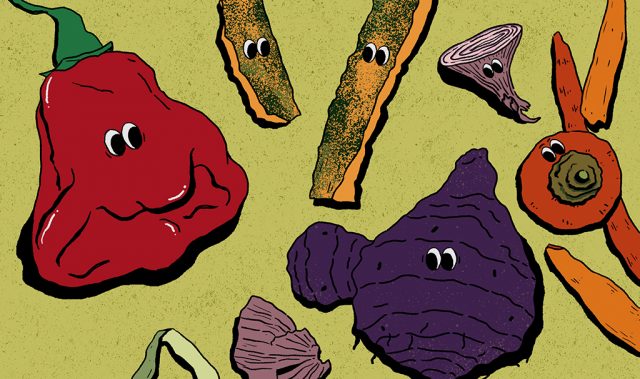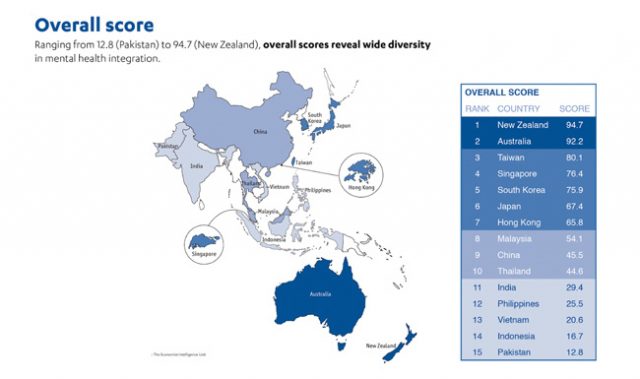
5. Waste Management: Cleaning up sludge with help from 5,000 Chinese kitchens
Although smog is ground zero for China’s war on pollution, untreated sludge—a semi-solid toxic byproduct from industries and sewage treatment plants—continues to seep into groundwater and contaminate China’s soil and food.
In Xiangyang city, Hubei province, Chinese firm TOVEN aimed to clean up 150,000 tons of sludge dumped in the city outskirts using a combination of high-temperature thermal hydrolysis, highly concentrated anaerobic digestion, and methane capture and utilization technology.
However, what was lacking was sufficient organic material to kick-start the digestion. That changed when the Xiangyang government mandated all 5,000 restaurants in the city send their food waste to TOVEN’s Yuliangzhou sludge-to-energy plant.
On a daily basis, the sludge and food waste from Xiangyang’s residents are mixed, heated and co-digested. The methane gas produced is burnt, partly to power the operations and partly to be processed into compressed natural gas for vehicular use. What’s left from the solid waste is then converted into fertilizer or biochar, a charcoal used as a soil fertilizer.
TOVEN’s efforts were ultimately a success, as they managed to clear out the mountainous sludge in 2015, and their factory has become a model for wastewater sludge treatment in China.
6. Waste Management: A fiery end to medical waste

There is a growing awareness that medical waste—which includes infectious waste, pathological waste and sharps—must be safely managed. While incineration is preferred since medical waste is a biohazard and cannot be buried directly in landfills, it also produces toxic exhaust gases such as dioxin.
To disinfect medical wastes in a safer and cleaner manner, Philippine-based company RAD Green Solutions has developed the Pyroclave—a fusion of the words pyrolysis and autoclave—which reduces the mass and volume of medical waste by up to 80 percent without the need for incineration.
The Pyroclave system uses a low-cost thermal process called pyrolysis, where the waste is heated to 700 °C in an oxygen-free environment. The waste outcome is dry, unrecognizable, odor-free and free of toxic pollutants. To reduce the energy required for pyrolysis, by-products—primarily hydrogen and carbon monoxide—are recycled back into the system as fuel.
The largest model of the Pyroclave, the Mantis 750, can treat up to a whopping 480 kilograms of waste per hour. It is being used in several hospitals in the Philippines, and the company is looking to enter Saudi Arabia, its first international market.












